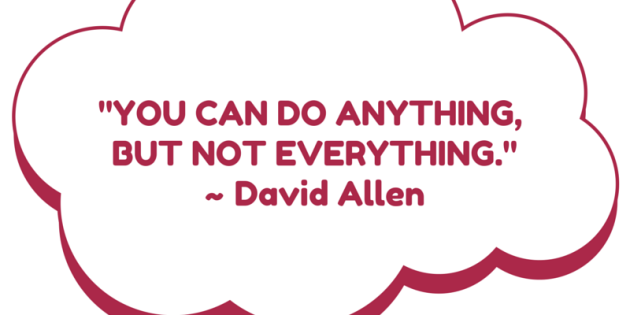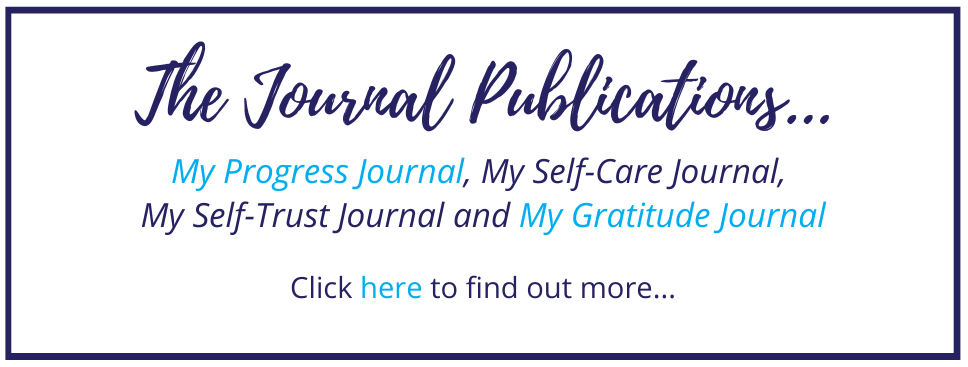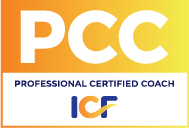You know that feeling when the penny drops and you get an ‘ah-ha’ moment? You know, amazing clarity as though it has been standing in front of you for many years, however you haven’t seen it?
That is the space I have been in for the last couple of weeks as I was given time for rest and white space.
Having had this time to reflect, read and relax – a deep insight about my past came to the surface. I realised how hard I have worked to try and be perfect and attain this thing called perfectionism (without truly consciously realising it – until now!)…
Even though I know this label isn’t truly who I am. For some reason, as I start to put some words around the thoughts, feelings and behaviours around perfectionism, I feel a sense of relief – a sense of freedom. I am also very aware of the vulnerability that is present as I start to allow more of myself to be seen. However my intention in starting to share this journey is to inspire other people to truly be themselves.
Perfectionism is a big topic and I cannot begin to do justice to it in one post, so I will share more about it in the future.
So, What is Perfectionism?
Perfectionism is hard to define, however the following definition gives some good insights –
- “A disposition to regard anything short of perfection as unacceptable; especially: the setting of unrealistically demanding goals accompanied by a disposition to regard failure to achieve them as unacceptable and a sign of personal worthlessness.” ~ Merriam-Webster Medical Dictionary
- “A personal standard, attitude, or philosophy that demands perfection and rejects anything less.” ~ Dictionary.com
- “Refusal to accept any standard short of perfection.” ~ Oxford Dictionaries
In the above definitions of perfectionism, you probably noticed the words –
- unrealistically demanding goals,
- a sign of personal worthlessness, and
- rejection or refusal of anything less (than perfectionism).
To break down perfectionism even further, I wanted to share some of the many details – the different thoughts, behaviours and corresponding emotions.
What are Some of the Details of Perfectionism?
I say some details, because I know it is unrealistic (now) to know all of the details and I can only share my lived experience and working with clients.
Some of the details (behaviours, feelings and thoughts) of perfectionism for me over the years have included –
- Behaviours/actions –
- over-committing to activities
- competing fiercely (evidence)
- being carried away with details (yes this post had 11 revisions before I pressed publish 🙂 )
- not being satisfied with my work – very rarely have I been satisfied with what I have done as I have always thought I could have done better (yes I realise that is black and white thinking – see below, however it was true for me)
- criticising myself harshly (um, see last comment and my inner critic has had a field day over the years)
- procrastinating – for example: in my business it took me ages to start writing my journal as I was so scared/fearful of what other people would think and wanted approval as I didn’t know who I really was (that has passed now – but may come up again later)
- a while back, I was also challenged by my expectations of others, however realised those expectations were my limitations.
- Feeling –
- a deep sense of shame and self-hatred
- fearful of looking silly and making mistakes
- tired and struggle to relax
- disappointed and feeling like a failure for not being perfect
- challenged and a sense of shame when criticised
- Thoughts and thought patterns –
- All or nothing thinking – for example “anything less than perfect is a failure”, “asking for help is a sign of a weakness”, “I’m never good enough” and “if I can’t do it perfectly then what is the point?”
- Overgeneralising – for example “if it happens once, it will happen all of the time”
- Disqualifying the positive – dismissing or ignoring any positive comment/achievement/compliment – see above in behaviours
- Using ‘Should’ statements – thinking in terms of should, must, ought imposes a view about the way the world in which may not tie with reality, and which induces emotional unhappiness, resentment and guilt – for example “I should never make mistakes” or “I should have been able to pick that up before it happened”
- Emotional reasoning – thinking that emotional states legitimately reflect reality. For example – “I feel it, therefore it must be true.”
The above forms or patterns of cognitive distortions (faulty thinking) are based on the work of Aaron Beck. Psychiatrist David Burns discusses the 10 forms of cognitive distortions in his book Feeling Good: The New Mood Therapy. Over time, the cognitive distortions can be broken down or untangled through awareness and ongoing practice. If you would like to read more about them, click here.
As you can see by the above details of perfectionism, I shared by identifying behaviours, thoughts and feelings of perfectionism as this is the most familiar way of operating for me.
Another way of looking at perfectionism has been identified by Hewitt and Flett. They identified three dimensions that describe perfectionism –
- self-oriented perfectionism (being hard on yourself and having unrealistically high standards),
- other-oriented perfectionism (being hard on others and demanding they meet your high standards), and
- socially prescribed perfectionism (assuming others have high expectations on you and struggling to meet the standards of society).
Imperfectly Perfect
So there you have it – a coach and teacher who doesn’t have all her ducks lined up in a row. Imperfectly perfect and normal, similar to you – no better, no worse. And I am OK with that as I will continue to embrace imperfection and unravel the pieces of perfection that may be hiding.
If you are ready to reclaim your courage and take the next step towards freedom and opening your heart, why not join our Toolkit?
Please note – if you need help around perfectionism or your mental health, please find a qualified professional. If it is a mental health professional you are after, I have included some mental health websites here.
Reference –
Burns, D. (1980). Feeling Good: The New Mood Therapy. New York: New American Library.

















1 Comment
[…] face it, none of us are perfect when it comes to our finances and financial mastery seems along […]